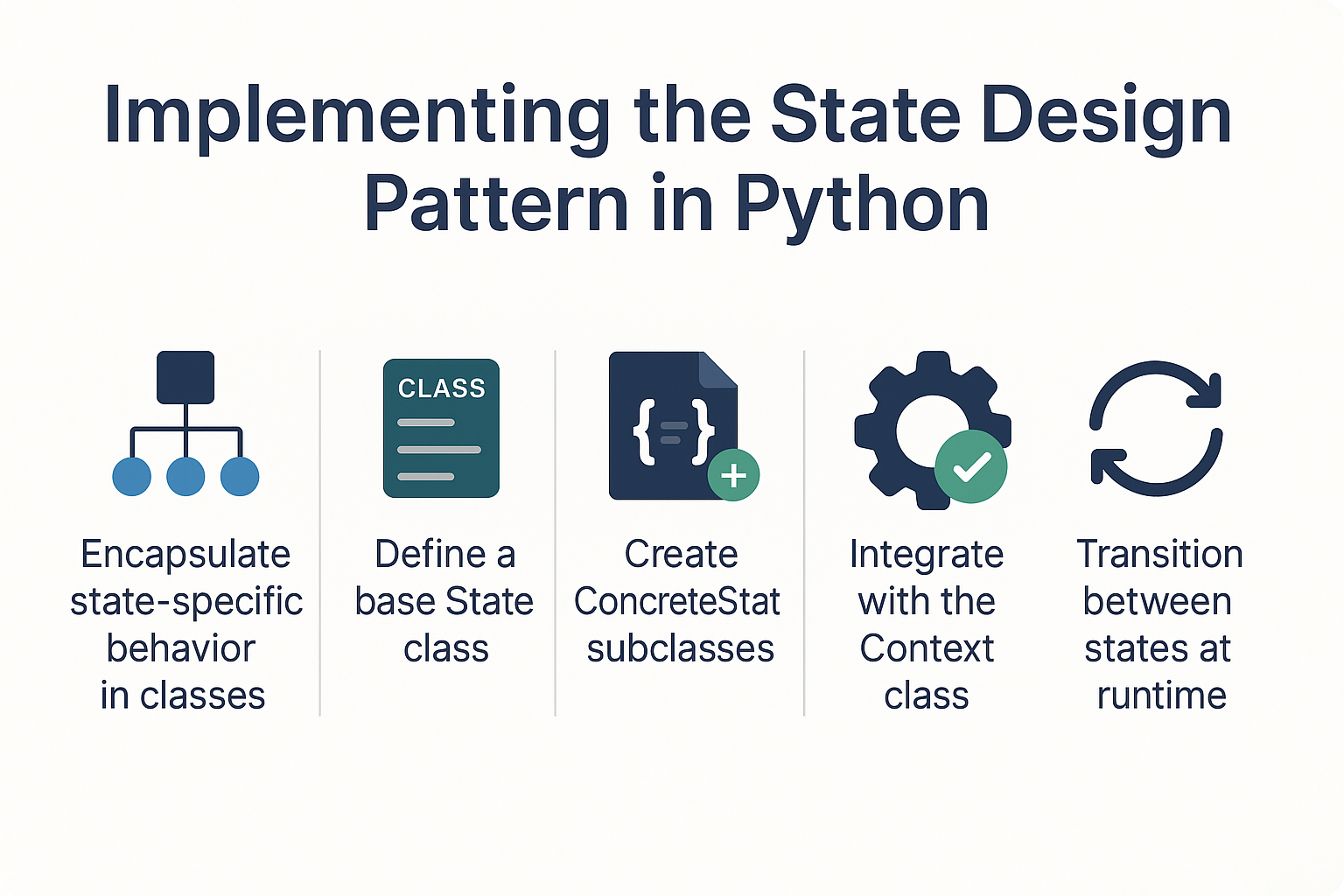Introduction
In Java, JDBC Connection and DriverManager are the foundation of database connectivity. Without them, your Java application cannot establish a session with the database. This tutorial covers how they work, why they are crucial, and how to use them effectively in real-world applications.
Why JDBC Connection & DriverManager Matter
- Core of JDBC: Every database operation starts with a connection.
- Database Independence: Works across multiple relational databases.
- Foundation for ORM Frameworks: Hibernate, JPA, and Spring Data build on JDBC.
Core Concepts
What is a JDBC Connection?
A Connection object represents a live session between a Java application and a database. Through this object, you can execute SQL statements, manage transactions, and retrieve results.
What is DriverManager?
DriverManager is a class in java.sql that manages database drivers and establishes connections.
JDBC Connection Flow
Java Application → DriverManager → JDBC Driver → Database → Connection
Real-World Use Cases
- Enterprise Web Applications: E-commerce, ERP, CMS.
- Data Processing: ETL pipelines, analytics tools.
- Desktop Applications: Inventory, accounting software.
- Microservices: Connecting REST APIs to relational databases.
Using JDBC Connection and DriverManager
Step 1: Add JDBC Driver Dependency
MySQL (Maven)
<dependency>
<groupId>mysql</groupId>
<artifactId>mysql-connector-java</artifactId>
<version>8.0.33</version>
</dependency>
PostgreSQL (Maven)
<dependency>
<groupId>org.postgresql</groupId>
<artifactId>postgresql</artifactId>
<version>42.6.0</version>
</dependency>
Step 2: Establish a Connection
import java.sql.*;
public class JDBCConnectionExample {
public static void main(String[] args) {
String url = "jdbc:mysql://localhost:3306/testdb";
String user = "root";
String password = "password";
try (Connection conn = DriverManager.getConnection(url, user, password)) {
if (conn != null) {
System.out.println("Database connected successfully!");
}
} catch (SQLException e) {
e.printStackTrace();
}
}
}
Step 3: Execute a Query
String query = "SELECT id, name FROM employees";
try (Statement stmt = conn.createStatement();
ResultSet rs = stmt.executeQuery(query)) {
while (rs.next()) {
System.out.println(rs.getInt("id") + " - " + rs.getString("name"));
}
}
Common Mistakes and Anti-Patterns
- Not closing connections: Leads to memory and resource leaks.
- Hardcoding credentials: Use environment variables or config files.
- Opening too many connections: Use connection pooling in production.
- Using
Statementwith user input: Risk of SQL injection.
Security Implications
- SQL Injection Prevention: Use
PreparedStatement. - Least Privilege Principle: Use DB users with minimal permissions.
- Secure Credentials: Avoid plain text in code; use encrypted secrets.
Performance and Scalability
- Connection Pooling: Use HikariCP for efficient reuse of connections.
- Batch Operations: Execute multiple inserts/updates in one go.
- Indexing: Optimize frequently queried columns.
Example: Batch Insert
String sql = "INSERT INTO logs (message) VALUES (?)";
try (PreparedStatement ps = conn.prepareStatement(sql)) {
for (int i = 0; i < 1000; i++) {
ps.setString(1, "Log " + i);
ps.addBatch();
}
ps.executeBatch();
}
Statement vs PreparedStatement
| Feature | Statement | PreparedStatement |
|---|---|---|
| SQL Injection Safety | Vulnerable | Safe with parameter binding |
| Performance | Re-parsed every execution | Precompiled, faster on reuse |
| Parameters | Hardcoded | Uses ? placeholders |
Best Practices
- Always use try-with-resources to auto-close connections.
- Implement connection pooling for production systems.
- Keep database credentials out of source code.
- Use
PreparedStatementfor all parameterized queries.
Real-World Analogy
Think of a JDBC Connection as a secure tunnel between your Java app and the database. The DriverManager is the gatekeeper that finds the right driver and opens that tunnel.
Conclusion & Key Takeaways
ConnectionandDriverManagerare at the heart of JDBC.- Use
PreparedStatementand pooling for secure, scalable apps. - Always close resources to prevent leaks.
FAQ
-
What is JDBC Connection?
A live session between Java and the database for executing SQL statements. -
What does DriverManager do?
Manages JDBC drivers and establishes database connections. -
How to prevent SQL injection in JDBC?
UsePreparedStatementinstead ofStatement. -
Is connection pooling mandatory?
For production, yes. It improves performance and scalability. -
Do I need to load JDBC driver manually?
Modern drivers auto-load;Class.forName()is rarely needed. -
Can I use JDBC with multiple databases?
Yes, as long as you include the correct drivers. -
What happens if I don't close a connection?
You risk exhausting database connections and crashing the app. -
Which is better: MySQL or PostgreSQL?
Both are excellent; PostgreSQL has advanced features, MySQL is beginner-friendly. -
How to handle transactions in JDBC?
UsesetAutoCommit(false), then commit or rollback manually. -
Does DriverManager handle connection pooling?
No, you need an external library like HikariCP or a container-managed pool.
